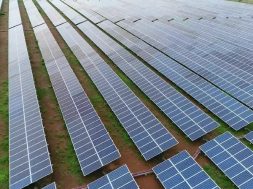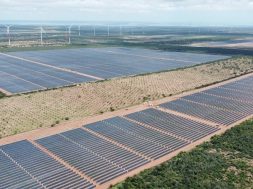
In Short : India has an estimated renewable energy potential of 24,000 GW, but a recent report highlights four key challenges hindering its full realization. These challenges include insufficient infrastructure, regulatory and policy hurdles, financing limitations, and technological constraints. Addressing these issues is critical for India to capitalize on its vast renewable resources and accelerate its transition to a sustainable energy future.
In Detail : CHENNAI: India’s unconstrained renewable energy potential exceeds 24,000 GW, but scaling it beyond 1,500 GW will face considerable land, water, population and climate challenges, says a latest study by the Council on Energy Environment & Water (CEEW).
According to the study titled ‘Unlocking India’s RE and Green Hydrogen Potential: An Assessment of Land, Water, and Climate Nexus,’ even reaching the over 7,000 GW required to achieve net-zero emissions by 2070 will require “addressing challenges such as land access, climate risks, land conflicts, and population density”.
India currently has an installed RE capacity of 150 GW, and up to 1,500 GW, the constraints are relatively manageable, says the report. But deployment beyond 1,500 GW could face critical challenges as multiple constraints intensify.
The study predicted that green hydrogen production could reach 40 MTPA by 2050, at a cost lower than $3.5/kg, but water management is critical.
The study threw up new renewable energy hot spots with Odisha and Madhya Pradesh emerging as new potentials. According to the study, Tamil Nadu has a significantly lower cost of generation than other states due to a high wind PLF, with a potential of 50 GW at an LCOE lower than Rs 2.65 per kWh.
Large solar potential exists in Rajasthan (6464 GW), Madhya Pradesh (2978 GW), and Maharashtra (2409 GW) at LCOEs lower than Rs 2.8 kwh.
The study said India’s biggest limiting factor is population density with only 29% of onshore wind potential and 27% of solar potential located in areas with a population density lower than 250 people/sq km. Land conflicts further restrict deployment, with only about 35% of onshore wind potential and 41% of solar potential located in areas free from historical land conflicts.














